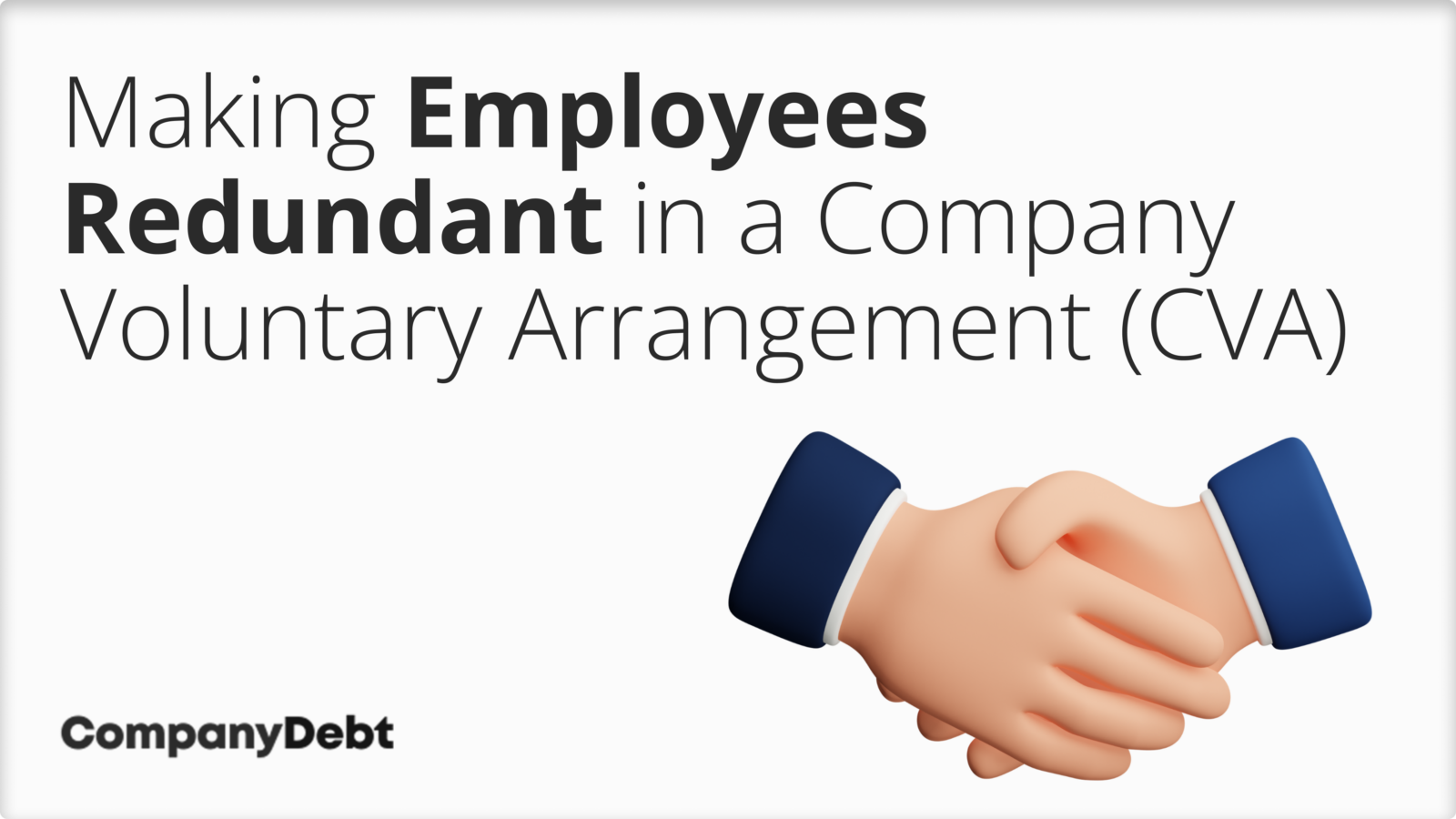If a Company Goes Bust Who Pays Redundancy? Legal Insights for UK Employees
If a Company Goes Bust Who Pays Redundancy? Legal Insights for UK Employees
Blog Article
Exploring the Interaction Between Business Redundancy and Business Adaptability for Future Development
In the vibrant landscape of today's company world, the detailed partnership between company redundancy and organizational versatility arises as a critical factor for continual growth and success. Firms frequently face the challenge of striking a delicate equilibrium between preserving a degree of redundancy to mitigate risks and fostering flexibility to respond quickly to the ever-evolving market needs.
Importance of Business Redundancy
Business redundancy is a crucial element that boosts organizational resilience and minimizes operational threats. By incorporating redundancy actions within the organizational framework, companies can much better stand up to unpredicted interruptions and changes in the company setting. Redundancy functions as a strategic buffer, enabling companies to adapt and react efficiently to unforeseen challenges without endangering important procedures.
One secret element of the importance of firm redundancy is its duty in ensuring connection during times of crisis. When encountered with unexpected changes or emergencies, repetitive systems, resources, or workers can action in to maintain important functions and stop prevalent disturbances. This continuity not just safeguards the firm's reputation and customer count on but also lessens economic losses and operational downtime.

Strategies for Business Adaptability

Creating versatile organizational structures that permit for quick changes to market characteristics and customer demands is essential for remaining affordable in a swiftly developing environment. By proactively recognizing prospective disturbances and chances, companies can proactively adapt and flourish in an ever-changing business landscape.
Harmonizing Redundancy and Flexibility
Achieving a harmonious balance between operational redundancy and organizational versatility is extremely important in browsing the intricacies of a dynamic service setting. Redundancy within a firm provides a safeguard, guaranteeing connection and stability in operations. Nevertheless, an excess of redundancy can cause inadequacies and hinder versatility to altering market problems. On the other hand, business versatility permits firms to react promptly to outside disruptions and confiscate new opportunities. Striking the best balance in between redundancy and versatility is a fragile procedure that needs a deep understanding of the company's objectives, sector dynamics, and threat tolerance.
To achieve this equilibrium, companies need to carry out regular analyses of their procedures to recognize areas where redundancy is needed for risk mitigation and where adaptability can drive technology and development. Implementing versatile structures, cultivating a culture of continual understanding and renovation, and motivating open communication across all degrees of the company are key strategies Go Here to integrate redundancy and versatility efficiently. By aligning these two vital components, companies can position themselves for sustainable development and success in an ever-changing organization landscape.
Study on Adjustment Success
In checking out circumstances of effective business adjustment, it becomes obvious that the interaction in between operational redundancy and flexibility is a specifying consider forming resilient businesses. One compelling study is that of Netflix. Initially a DVD rental service, Netflix demonstrated exceptional adaptability by transitioning right into a streaming system when digitalization interfered with the sector. By strategically purchasing technology and material creation, Netflix not just prospered but made it through in a rapidly advancing market. An additional standout example is Amazon. Starting as an on the internet bookstore, Amazon constantly adapted its business version, expanding into varied fields such as cloud computer and expert system. This versatility enabled Amazon to stay in advance of competitors and satisfy changing consumer needs. Finally, Adobe offers a significant illustration of effective adjustment. The firm shifted from marketing software application licenses to a subscription-based design, making certain repeating earnings streams and improved consumer involvement. These situation studies emphasize the relevance of operational redundancy paired with business versatility in fostering long-lasting development and competition.
Structure Durability for Future Development
Structure resilience for future development needs a tactical positioning of functional processes with market dynamics and arising trends. Companies must adjust to transforming settings by fostering a culture of adaptability, advancement, and continuous renovation. Durability entails not only getting better from troubles but additionally proactively planning for future obstacles. One vital facet of building strength is investing in robust danger administration strategies to alleviate potential interruptions. This includes scenario preparation, expanding supply chains, and developing contingency plans for different backups (who pays redundancy money).
Furthermore, promoting strong partnerships with stakeholders, such as clients, workers, suppliers, and the area, is important for preserving and weathering unpredictabilities trust fund and support during unstable times. Effective communication and openness play an essential duty more helpful hints in building durability, as they aid help with and line up expectations collaboration in navigating unpredictabilities.
In addition, organizations require to focus on learning and development campaigns use this link to upskill employees and furnish them with the necessary tools to adapt to transforming situations. By investing in their workforce, firms can improve their versatility and agility, eventually enhancing their strength for lasting future development.
Final Thought

In the dynamic landscape of today's organization globe, the detailed partnership in between firm redundancy and business adaptability emerges as an important variable for continual growth and success. Business commonly face the obstacle of striking a fragile equilibrium between preserving a degree of redundancy to reduce threats and promoting flexibility to react quickly to the ever-evolving market demands.To achieve this balance, firms need to carry out routine analyses of their operations to recognize locations where redundancy is required for threat mitigation and where adaptability can drive advancement and development.In final thought, the interaction in between company redundancy and business versatility is essential for future development. Building resilience via a combination of redundancy and flexibility will make certain that firms are prepared for the difficulties of the future.
Report this page